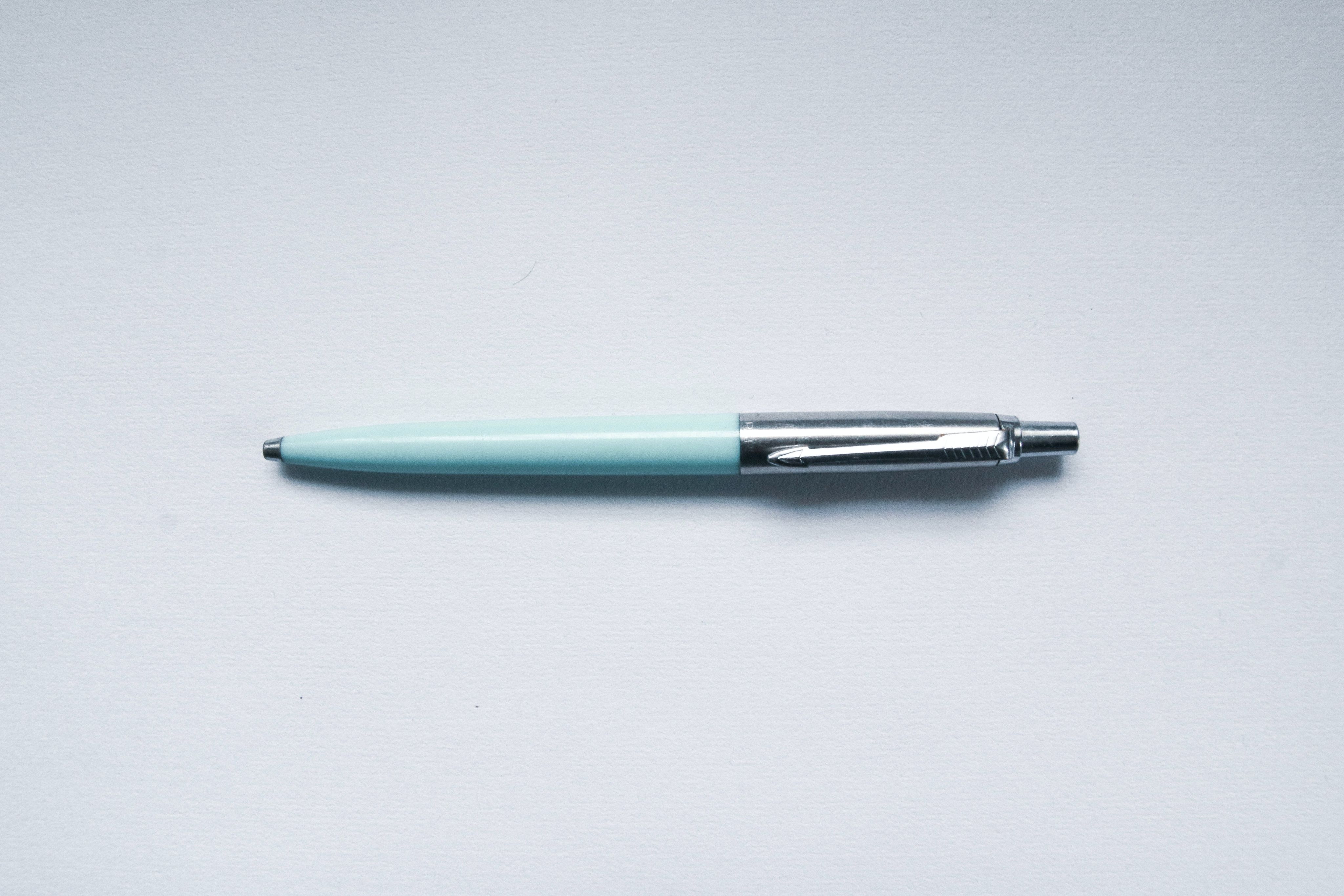A beginner's guide to line editing

According to Ernest Hemingway, “writing is rewriting.” His point is that the first draft of every piece of writing — including his own — is terrible. It's only on the second or third revision that you can really shape a piece into something worth sharing.
This is true — but this 'rewriting' and self-editing by the author isn't actually the end of the process. To produce an excellent piece of writing, even the Hemingways among us need to pass their work to an editor (or four), who run through four different types of editing.
Of these four types of editing, line editing is perhaps the most difficult to define. Like substantive editing (otherwise known as developmental editing), line editing takes into consideration elements of style. But like copyediting, line editing takes a close look at the mechanics of each and every sentence.
In this guide, we'll run through the basics of line editing, and give some tips on what good line editors need to do to be successful — whether you’re in marketing, self-publishing, or just want to know more about how to become a better editor.
We'll cover:
What do the BBC and Penguin have in common?
They publish stunning, interactive web content with Shorthand. And so can you. No code, no credit card, and no commitment required.
Start publishing.
What is line editing?

Line editing is a form of content editing that focuses — as the name suggests — on the line-by-line revision of a text. It involves making changes to the language and structure in order to improve clarity, precision, and accuracy.
Line editors often focus on readability, including sentence structure and word choice.
Importantly, line editors do this work with respect to the style and intention of the author. Line editors are obsessed with making a piece of writing more effective and distinctive. Sometimes, line editing is called stylistic editing to highlight this underlying purpose.
That said, line editors still focus on the technical elements of writing, including grammar, spelling, and punctuation. But the purpose of this focus is not just to get the technical details right, but to ensure that the piece achieves its goals, whatever those might be.
3 types of line edits

We can break line editing into three distinct types, though in reality a good line editor will be doing all of these at once.
1. Structural editing
Like substantive editors, line editors consider the structure of a piece of writing — but their interest tends to be closer to a paragraph and sentence level.
2. Word choice and grammar
Line editors will consider the stylistic implications of grammatical and word choices, and not just their technical accuracy. This includes tone, clarity, and conciseness.
3. Punctuation and spelling
As with all editors, line editors aren't going to ignore genuine mistakes. They’ll fix your commas, capitalisations, adverbs, and run-on sentences. While these are picked up by copyeditors and proofreaders, a good line editor won't hesitate to flash their red pen when they need to.
What is the difference between copyediting and line editing?

In short: Line editing happens first during writing, then copyediting is done on a work that is closer to publication.
One major point of confusion for many people is the difference between line editing and copyediting. Both editing processes pay close attention to the text; both also focus on correcting technical issues around grammar and punctuation.
So, what's the difference? Well, here's the thing: for many people, both of these editing processes are done at the same time by the same person, so the difference isn't always of practical importance.
Technically, though, the difference is one of focus. Line editing happens before copyediting, when an author is still making potentially significant changes to the piece of work. It isn't 'done' yet, and for this stage of editing the editor still has a critical role to play in ensuring the piece achieves its big picture goals.
Copyediting is typically done on a work that is closer to publication. Copy editors are more keenly focused on finding errors. Their work includes checking for accuracy, consistency in style and formatting, ensuring that all facts are correct, removing any redundancies or inconsistencies in the content, and reorganising parts of the text if needed.
What qualities does a line editor need?

Attention to detail, knowledge of grammar and punctuation, understanding of writing styles, understanding context, style, and communications skills
If you're thinking about offering your line editing services, there are a few qualities you'll need to cultivate. Most of these are common across editing in general.
A professional line editor will have:
Excellent attention to detail
This goes without saying, but editors are paid to notice parts of writing — and not just typos — that us mere mortals miss. Line editors recognise patterns, identify potential issues that readers may have with the text and make suggestions to improve clarity and impact.
An eye for grammar, punctuation, and flow
Again, this is obvious, but a good line editor needs to know the rules of grammar and punctuation and know how to apply them to make a piece more effective. While lots of people know the rules of grammar, far fewer know how to use them to great effect.
Knowledge of different writing styles and formatting conventions
The desk of a good line editing is weighed down by a number of tomes, including the APA Style Guide, the Chicago Style Guide, and a printout of whatever strange in-house rules a specific client might have. The more you put the major rules to memory, the more quickly you'll be able to work.
Ability to understand context and meaning behind the words
Line editors don't simply police the technical rules of a piece. They fully understand the purpose and meaning of a piece and apply their edits tactically and judiciously to make it better.
A good sense of style
While it's true that line editors are snappy dressers, this sense of style applies to their intuitive grasp of beautiful, powerful, or simply effective writing. A good line editor will kill your clichés and improve your syntax, even if it wasn’t technically incorrect. This is not something that is easily taught, but it goes a long way to making a line editor great at their job.
Good communication skills for working with writers
Editors, like writers, love to put their heads down for hours on end without interacting with another human. But alas! Editors need to be great and humble collaborators, particularly because their decisions can often be over-ruled by their authors.
Tools and resources for line editors

Looking to get started as a line editor? You'll need some tools to support your workflow. Some of these are obvious, some less so.
Writing and editing Tools
- Text editors (e.g. Microsoft Word, Google Docs)
- Grammar checkers (e.g. Grammarly, Hemingway)
- Style guides (e.g. The Chicago Manual of Style, The Associated Press Stylebook)
Communication tools
- Email clients (e.g. Gmail, Outlook)
- Project management tools (e.g. Asana, Trello)
- Video conferencing software (e.g. Zoom, Skype)
Research and reference tools
- Online dictionaries and thesauruses (e.g. Merriam-Webster, Oxford English Dictionary)
- Research databases (e.g. JSTOR, Google Scholar)
- Fact-checking resources (e.g. Snopes, PolitiFact)
Professional development resources
- Online courses and workshops (e.g. Coursera, Udemy)
- Writing and editing blogs (e.g. The Writers' Co-op, The Editor's Blog)
- Professional organisations (e.g. The American Society of Journalists and Authors, The Editorial Freelancers Association)
Conclusion

Line editing is a critical part of the editing process. It requires a sharp eye for detail, an understanding of grammar and punctuation rules, knowledge of writing styles, the ability to understand context and meaning behind words, and a sense of style. The right tools can help make the job easier, but in the end it takes an experienced, professional line editor to make sure your work is perfect.
